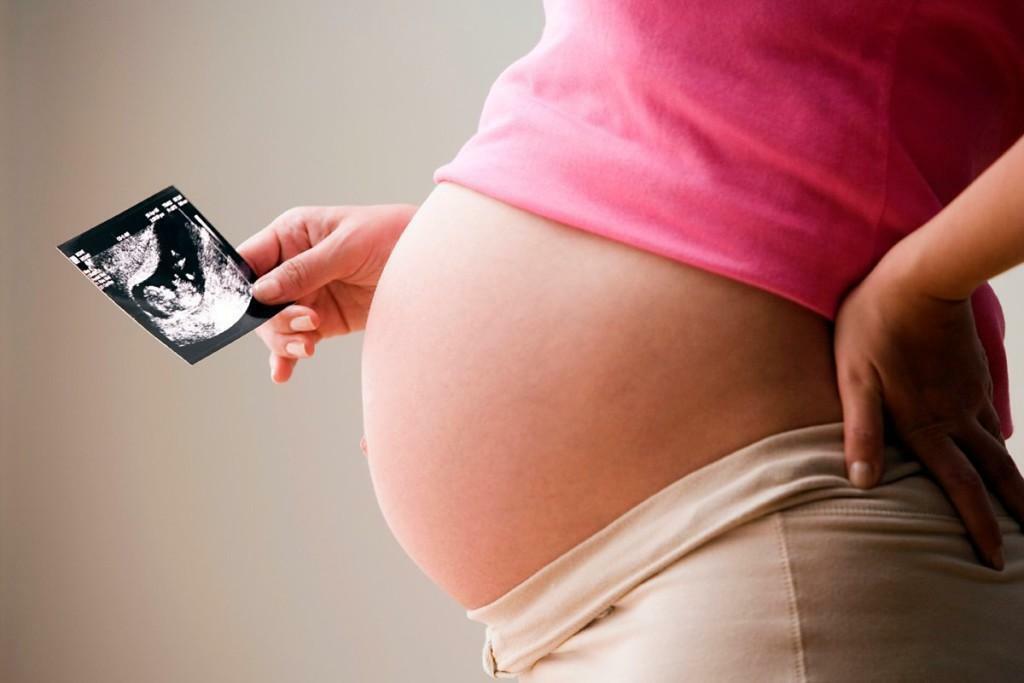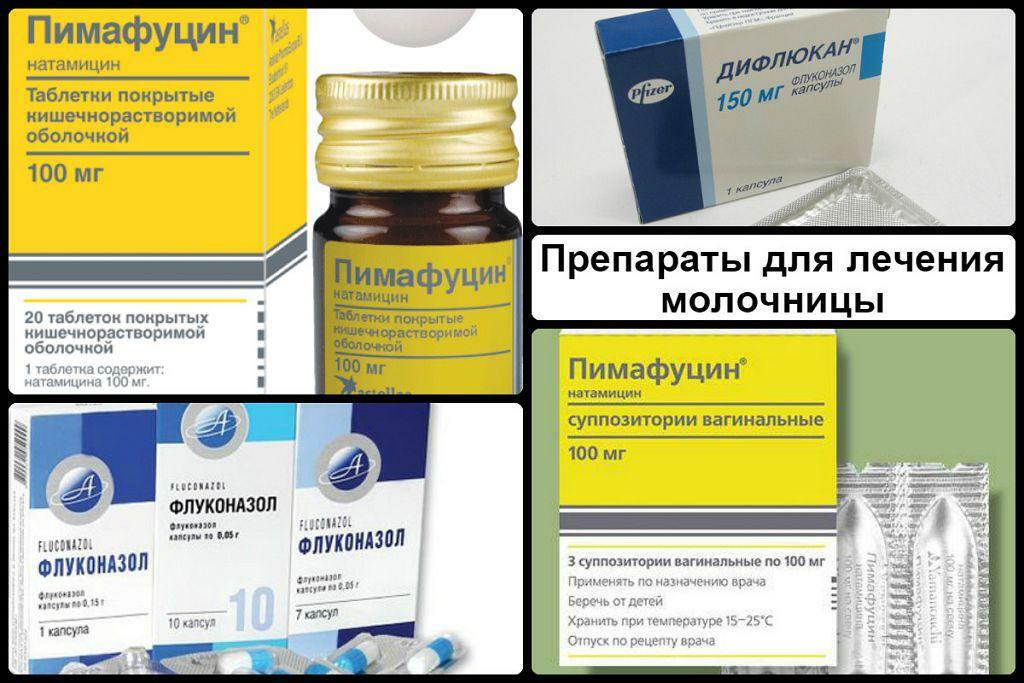Crimean hemorrhagic fever - an acute viral infectious disease that spreads from natural foci of insect pests. It is characterized by two-wave fever, malaise and severe bruising on the skin and in the tissue of internal organs.
Among specialists can hear other names of this dangerous disease - infectious kapillyartoksikoz, Crimean-Congo hemorrhagic fever or the Central Asian hemorrhagic fever.
The disease got its name after it in 1945 after a detailed study of blood infected persons and the military engaged in haymaking in Crimea, it has been identified pathogen. After 11 years, cases of such disease have been recorded in the Congo. Laboratory tests have shown that their originators are identical.
Susceptibility to the disease is high, regardless of the person's age. Crimean hemorrhagic fever often detected in men aged 20 to 60 years. Seasonal outbreaks are recorded in the summer. Predisposition to the disease are people whose professional activity is associated with animal husbandry, as well as hunters and those who care for patients of this infection.

CAUSES OF DISEASE
The causative agent of Crimean hemorrhagic fever is an arbovirus belonging to the family of bunyaviridae. Its feature to replicate in two temperature ranges (22-25 ° C and 36-38 ° C) allows to multiply the pathogen in the body of insects as well as in humans and warm-blooded animals.
Features transmission:
- The causes of the Crimean fever to be found in natural reservoirs of infection. Carriers of the virus are rodents, large and small livestock, birds and dogs.
- Source viral infection - it is an infected animal and patient man.
- Carriers of the pathogen - different types iksoidnyh mites, they are likely to pasture species parasitic on mammals. They are lifelong carriers of the infection and can transmit it to posterity to stage eggs.
- The main route of transmission - while the bite of infected ticks. Pin possible transmission path Crimean hemorrhagic fever in contact with the pathogen at the covers damaged or drift with the air flow. Recorded cases of infection in the use of contaminated milk, and the symptoms develop within a few hours. With poor disinfection of instruments cases of nosocomial infection are recorded.
Crimean hemorrhagic fever virus is inactivated by the disinfectant solution, and lipid solvents. During boiling, it quickly dies, heating to 45 ° C leads to its death within two hours, whereas at freezing virus long retained.
Development of Crimean-Congo hemorrhagic fever is poorly understood. Gated for penetration of the infectious agent is a tick bite or skin damage, as well as direct contact with infected blood. At the point of entry of the fabric of the virus has not changed.
SYMPTOMS
The incubation period of Crimean-Congo hemorrhagic fever is relatively short, usually hidden within observed for 3-7 days, but the duration of the latent period can vary between 1-14 days. Thus, when the bite of tick-borne it lasts up to three days, while the contact transmission path about 5-9 days.
Pathological process manifests rapidly. The first symptoms of Crimean-Congo hemorrhagic fever, have an effect increasing the temperature to a critically high levels, which is accompanied by intoxication.
Symptoms first stage Crimean haemorrhagic fever:

- fever;
- chills;
- nausea, vomiting;
- slowing heart rate (bradycardia);
- weakness;
- migraine;
- myalgia and arthralgia;
- fear of glare;
- epigastric pain;
- redness of the face and mucous membranes.
Before disease manifestation body temperature drops to 37 ° C, and then rises again. At 3-6 days after onset of the disease condition significantly deteriorated developing the next phase of disease - a hemorrhagic syndrome.
Signs of hemorrhagic stage:
- bruising of the skin and mucous membranes, resembling bruises, rashes or spots;
- bleeding at the puncture site by syringe;
- nosebleed;
- bleeding gums;
- pain in the liver;
- yellowing of the skin;
- hepatomegaly;
- vomiting and diarrhea;
- swollen lymph nodes;
- pallor and swelling of the face;
- tachycardia.
Fever lasts for 10-12 days. Stop bleeding and stabilize the body temperature to normal values indicate a shift to the stage of recovery. As a rule, after undergoing the Crimean fever patients 1-2 months are in a depleted state.
The outcome of disease depend on the severity of symptoms. Hemorrhagic manifestations of Crimean hemorrhagic fever may have different expressions - from skin cavitary lesions to bleeding from the digestive system, respiratory and internal genitalia (uterine bleeding).
At this stage of the Crimean fever can develop serious conditions that are accompanied by convulsive phenomena, confusion and coma.
Complications of Crimean hemorrhagic fever:
- sepsis;
- pulmonary edema;
- otitis;
- secondary bacterial infections;
- pneumonia focal type;
- impaired renal function;
- thrombophlebitis;
- infectious toxic shock.
At autopsy of patients who died from this infection, found multiple bruises on the mucosal surface digestive tract, lung, kidney, liver, congestion of the brain and meninges cerebral hemorrhage with lesions substances.
Sometimes the hemorrhagic syndrome and a second body temperature rise are not available. Often when such symptoms of Crimean hemorrhagic fever are not detected, as signs of intoxication had in common with other common infections.
TREATMENT
In identifying the Crimean-Congo hemorrhagic fever infected person urgently admitted to a hospital infection. Such patients are isolated in special boxes to avoid contact with others. They recommended bed rest and avoiding strenuous exercise.
The complexity of early diagnosis lies in the fact that during the incubation period, fever any prodromal phenomena are absent.
Crimean fever treatment principles:
- Symptomatic treatment with antipyretics based on ibuprofen and paracetamol. When a significant increase of body temperature to the critical parameters is made more effective by intravenous infusion preparations.
- Infusion infusion to correct water and electrolyte balance and excretion of toxins.
- Hemostatic agents to prevent bleeding or stop.
- Antiviral drugs as etiological treatment.
- Immunokorrektiruyuschaya therapy involves the administration of heterogeneous specific serum obtained from the blood of patients or vaccinated people. In addition, such drugs based on antibodies are used as prevention among people in close contact.
- Hyposensitization therapy.
- The diet involves eating easily digestible foods, preference is given to simple dishes like soups and porridges.
- Broad-spectrum antibiotics, anti-shock and cardiovascular drugs are prescribed when indicated.
- Transfusion of donor blood cells to restore normal clotting of blood of the patient.
- Intensive therapy and resuscitation with an extremely difficult disease development.
In the treatment of Crimean hemorrhagic fever exclude the use of drugs based on sulfonamides, which can have a traumatic effect on the kidneys.
PREVENTION

After treatment of hemorrhagic fever immunity to the pathogen persists for 1-2 years. To create a stable artificial immunity is recommended that the vaccine made from the brains of infected rats, and mice. Preventive vaccination is recommended for all who are planning a trip to the southern regions of Russia and Ukraine.
For the prevention of Crimean fever carried the fight against mites.
primary prevention measures:
- Regular disinfection of premises pastoral special chemical agents against mites - acaricide;
- ban on grazing animals in natural outbreaks of disease spread;
- treatment of animals with pesticides and quarantine before shipping to a slaughterhouse;
- use of protective equipment in the form of a closed clothing and repellent when visiting forests or pastures;
- Regular self-examination to detect attached ticks.
Destruction of mites in the natural habitat shows high efficiency.
For the prevention of Crimean hemorrhagic fever patients is directed to an isolated hospital. In these patients, a special procedure is carried out blood sampling, disposed of their isolation and made instruments disinfection.
disease outbreaks in recent years explains the failure to comply with anti-epidemic measures and the lack of adequate treatment of cattle ticks, carriers of disease.
Found a bug? Select it and press Ctrl + Enter



